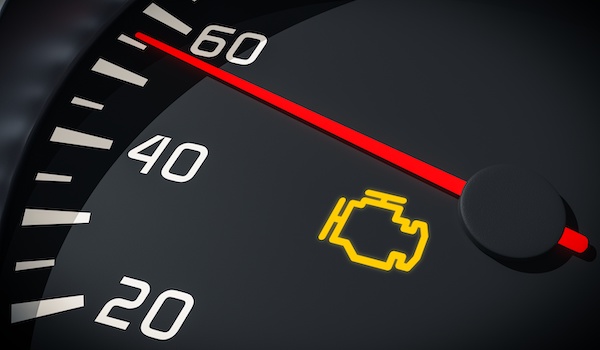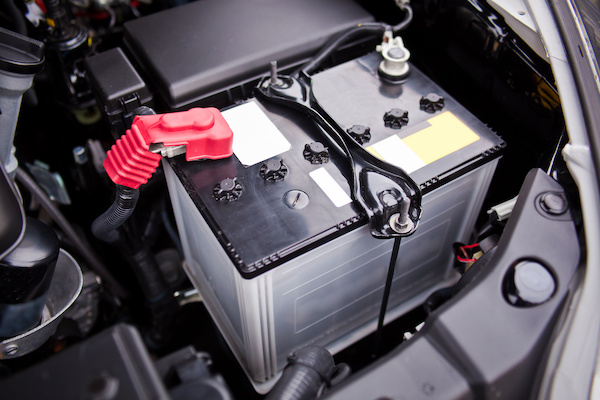Posted on 2/28/2022

When your check engine light comes on, the first thing to remember is NOT to panic. The next thing you should check is the warning light's behavior. If the light is blinking, it is a much more serious problem that requires you to pull over and call for a tow. If the light is steady, you can proceed to drive for a short period. Nonetheless, you should check for a problem by starting with the gas cap. If there are no problems with your gas lid, you most likely need to take a visit to an auto repair shop for engine diagnostics. What Does It All Mean? The check engine light can mean many things, from a loose gas cap to a damaged misfiring engine. The check engine light is crucial for your automobile's onboard diagnostics system. Over the last few decades, computers increasingly have had a more prominent role in monitoring vehicle performance and regulating the variables involved, including ignition timing and air-and-fuel ratio. When the check engine warning comes on your dashbo ... read more
Posted on 1/21/2022

Your car battery needs to be in good working condition to start your engine. The battery is also responsible for providing a charge to all the electronic components in the car (radio, lights, power seating, electrical power steering, etc.). When your battery gets weak, you will likely notice some apparent indications. The lifespan of the average car battery can be up to 5 years. Depending on your battery model and usage, it may last longer or die out sooner. Top Symptoms of a Dying Battery 1. Trouble Starting Car - This is typically the most obvious sign that you need to get your battery. 2. Flickering/Dimming Lights - Another characteristic of a weak-growing battery is that your lights may look dimmer than usual. They may also start to flicker. 3. Dashboard Warning Light -The battery dashboard warning light is one you can't miss. It is usually red and depicts the outline of a car battery, and it is put in place to warn you when there is a persisting problem with the el ... read more